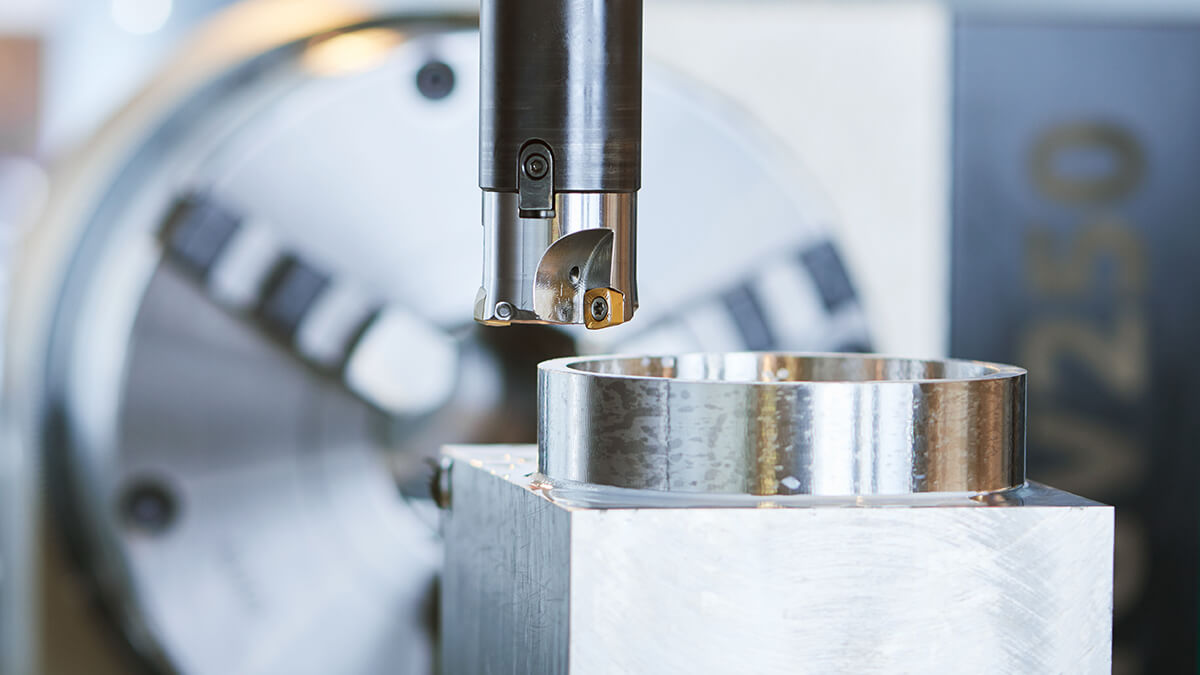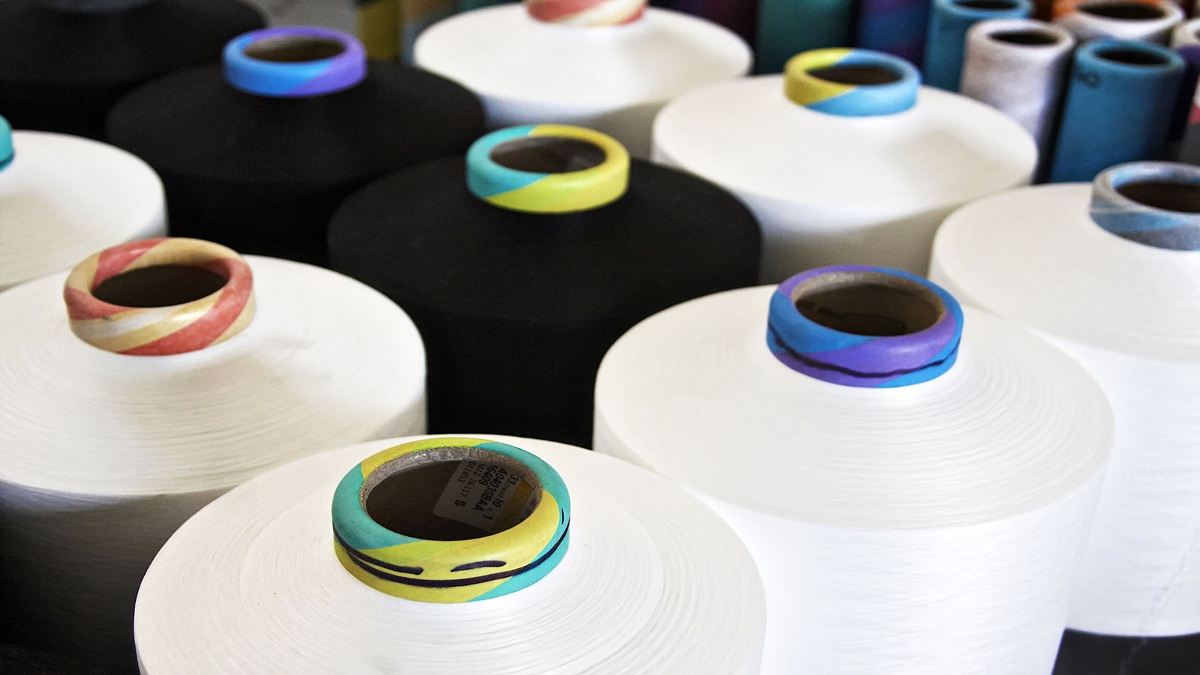In response to the impact of the U.S.-China trade war, Taiwanese machine tool makers are actively entering the European and Southeast Asian markets.
The European Machine Tool Exhibition - EMO Hannover launched a three-day exhibition in Germany in September. Many of Taiwan's machine tool manufacturers actively participated in the exhibition and also observed German industrial manufacturing technology, precision, and durability. By participating in the EMO Hannover show, manufacturers are expected to open up international visibility and hope to get international orders.
In recent months, due to the U.S.-China trade war, it has brought a big impact on the machine tool industry. USA and China are the major export markets for most industries in Taiwan. Take Taiwan’s tool machinery industry as an example. Chine is the largest exporter of Taiwan Machinery. Under the volatility of the U.S.-China trade war, many manufacturers expect to transfer some markets to Europe or neighboring Southeast Asian markets, to achieve dispersion market risks.
At present, Taiwan's tool machinery industry is also actively investing in the development direction of smart machinery. It is expected that Taiwan's technology and brand will continue to enhance its international reputation. Expected the machine tool market can promote the vigorous development of Taiwan's economy.






.jpg)
.jpg)


點-m-90454917_m.jpg)



